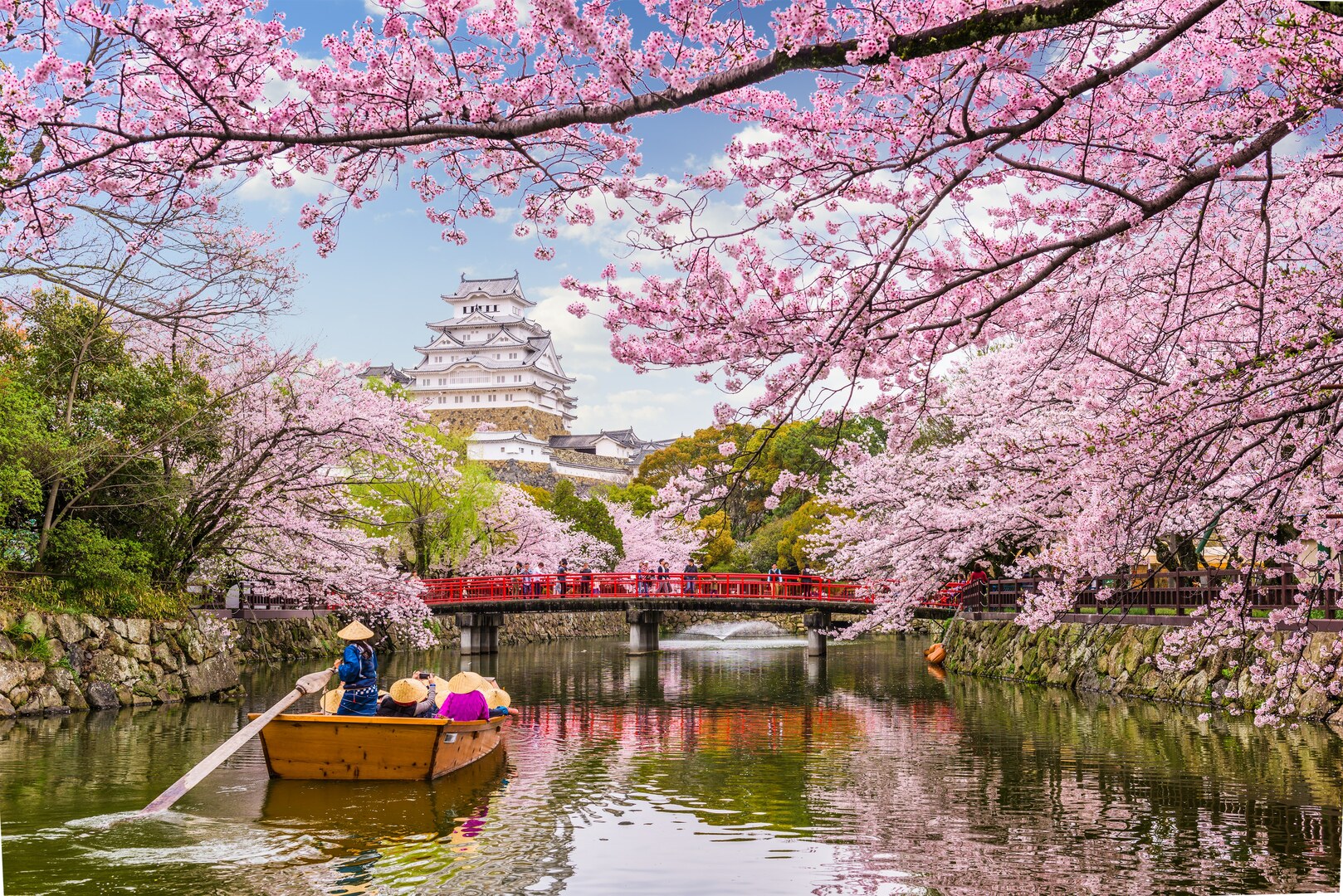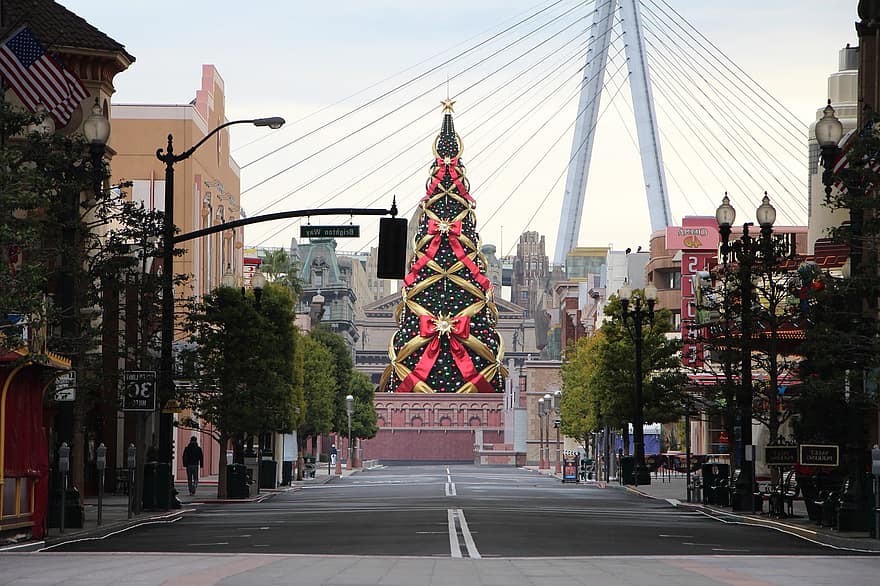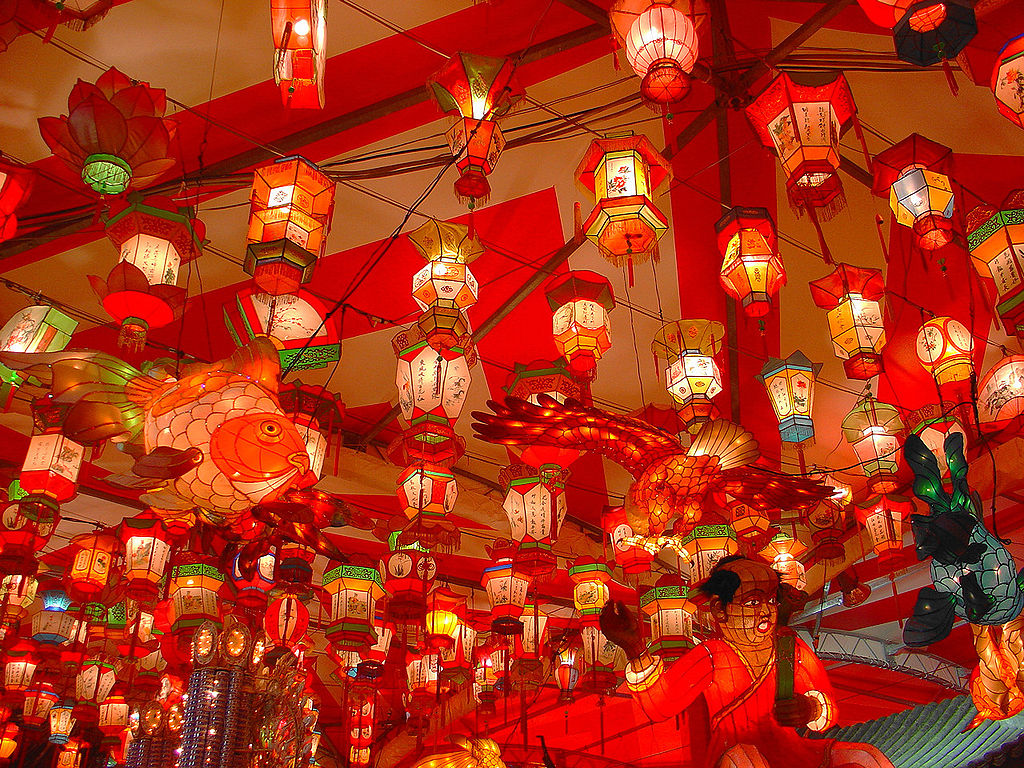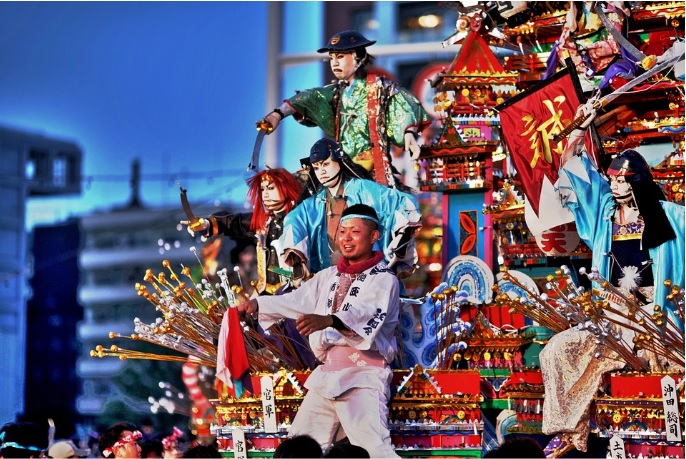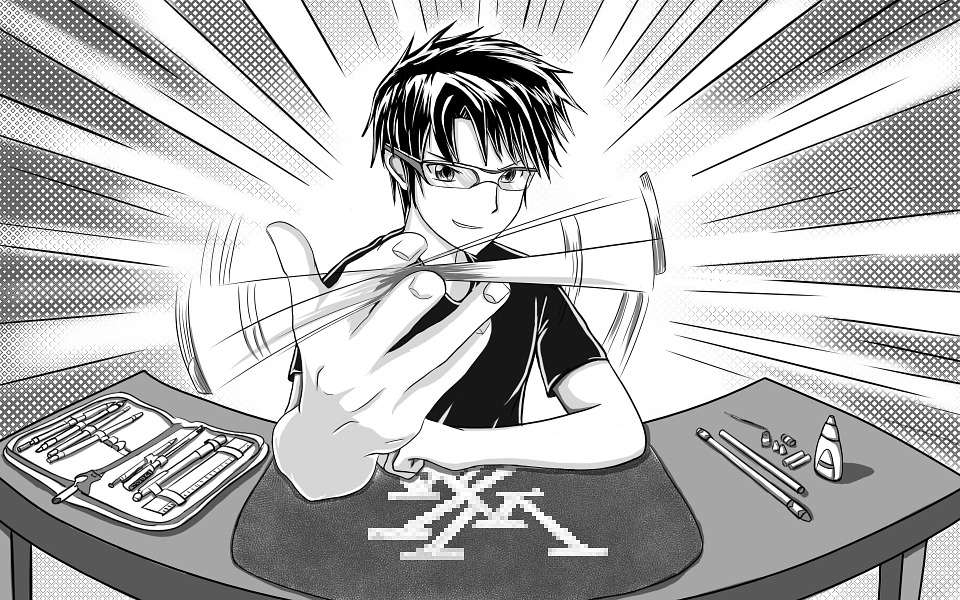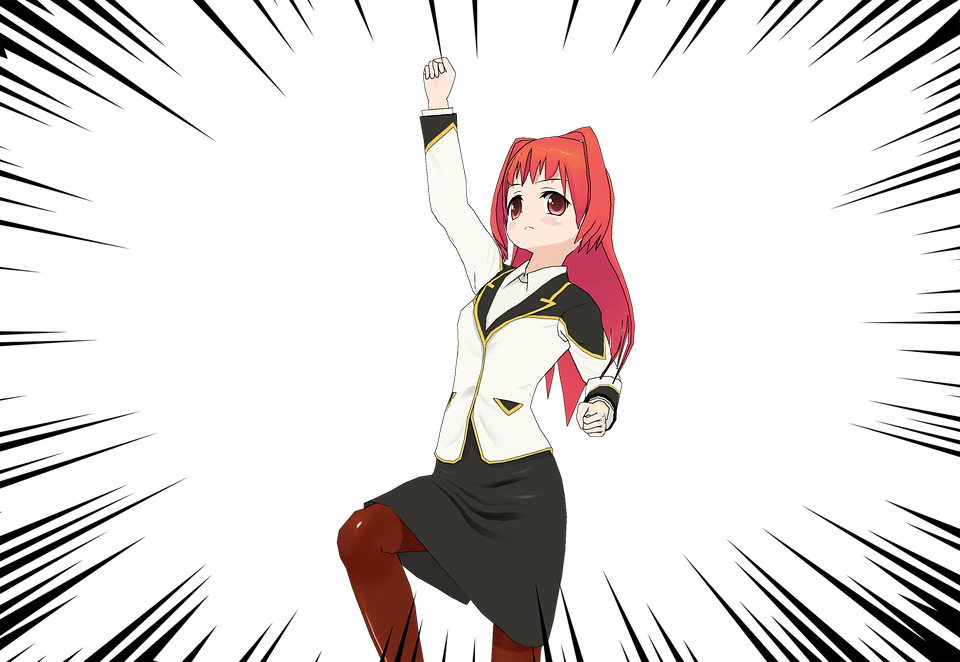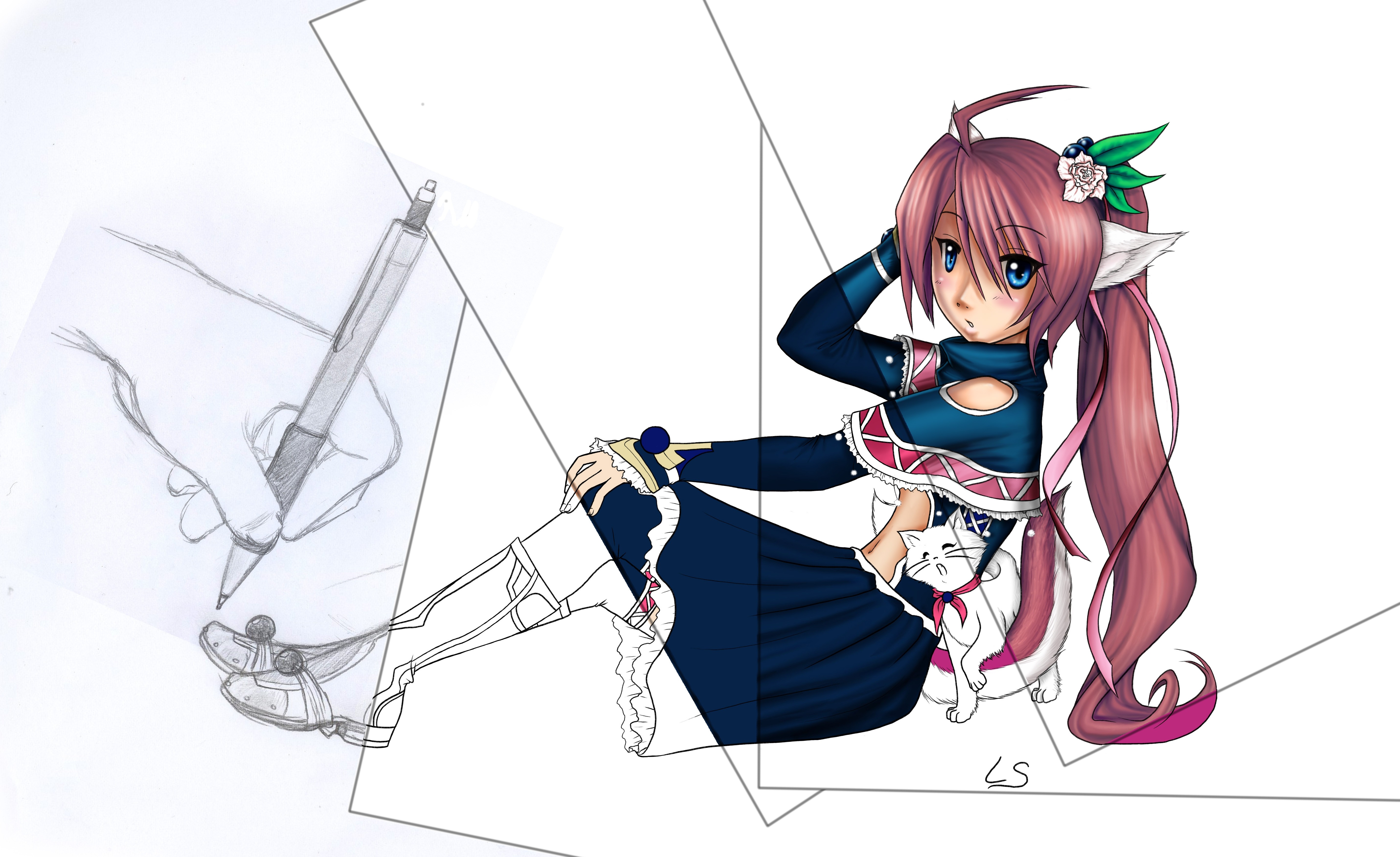
One of the things that we can think of when we heard the word Japan is manga. Manga can be defined as the Japanese comics. It was developed in Japan during the late 19th century.
Today, there are thousands of manga’s being produced in Japan. It is very common to see young people, even businessmen in Japan, reading these thick comic books while riding on a train.
If you have already read the Japanese manga series “Bakuman”, then you may have an idea on how to make a manga series.
Creating a manga has been a dream of millions of, not only Japanese youth but also a lot of talented people around the globe. It takes a lot of effort and practice to create just a one-shot story. For every aspiring mangaka out there, here is a short introduction into the tedious but fulfilling process of manga-making.
The Genre and the Theme
Before you can create a manga, it is important to think about your genre and theme of your story.
The Shonen genre literally means “few years” and typically refers to young boys. These are the manga series that have young male protagonists and focus on action and adventure. The Seinen manga refers to young men. It tends to have some violent scenes. The Shojo mangas are the opposite of shonen. The characters on this kind of manga series are girls. The Josei genre are mangas that often have a romatic tale and feature adult women. Kodomomuke are mangas made for children. It teaches moral and core values.
Plot and Characters
If you are done thinking about the genre and the theme that you would like to work on, then it is time for you to think about the plot. If you are aiming to get published, which we will discuss later on, you’d better get a head-on, electrifying plot that can make the world gaga. Since there are already thousands of manga being released, creating a new one will be so hard. Think of something unique, something fresh. Think out of the box. Think if your story would catch your audience attention.
As you write the plot of your story, you should view it in your head as if you are already watching the anime version of your manga. Most mangakas dream of getting their comic panels move, through animation. Imagine how the scenes would look like in your manga. Also, make sure that you stick to the genre of your story. Again, this is very important if you want to get published. Be consistent.
Characters are as important as your plot. Most mangas and animes are known better because of their iconic protagonists.
Mangakas may or may not create manuscripts. But they absolutely create “names.”
Name
Bear in mind that mangas are comics, which means the story flows in panels. If movies have scripts, then mangas have this thing they call, “name.”
Name is the draft of the finished manga, more like a sketch of the actual manga. If you will be making a name, it is important to know how to do the draft storyboard.
The page layout has its own terminologies, the top of the page sheet is called TEN which means The Sky. The lower end is called, CHI which means ground. The side edges are called KOGUCHI, and the area inside the dotted line is called HANMEN. The central regions are called NODO and the two vertical margins by the KOGUCHI are called HASHIRA.
Here’s a detailed explanation of the name:
While doing your draft, remember that you only have 25mm space that you can use outside of HANMEN. If you don’t follow the right way of creating the name, there’s a possibility that there would be issues in printing and binding your manga.
Pitching
If you plan to pursue a manga career in Japan, depending on the genre of your choice, there are a lot of magazines catering to different kinds of stories. And if you are really planning to be a real manga artist, drawing your name into actual panels can be a waste of time if it will not get published.
So once you are finished with your name, go call the Editorial department of your manga magazine of choice and pitch your story to them. If you think a manuscript can give big support on your name, then go bring some when you meet your potential manga editor.
Passing the pitch and character design
If you go past the pitching stage and the editor agrees to publish your story into maybe a one-shot, congratulations! You can now proceed to the character design. If not, you need to go back to step 1.
Depending on your discussions with our editor, you may or may not change your name and the story flow.
Before you draw your character design, write down all the important characteristics that it should have, the age, the height, body built. Aside from their appearance, think of their personalities as well. Remember that your character are the ones who make the whole story.
Photo by willianfujii. Pixabay Licensed under Creative Commons. (Public Domain)
The Panel board
Once you are done with the name and the character design, you can now draw the real thing.
The reason why it is very important to have a detailed plot is because this will be the basis when you start putting it on the panel board. If you’re a beginner, it will might take you some time to finish it.
The panel boards are now the actual page divisions that your readers will see. They may or may not be exact from your name. These are used to add structure and pace on the story.
You should know that there are six basic panel transitions being used in manga, the moment-to-moment, action-to-action, subject-to-subject, aspect-to-aspect, scene-to-scene, and a non-sequiter transition.
Once finished, you need to show this once again to your editor. If the editor approves it, then you are good to go.
Inking your manga
Inking means you have to draw the pencil line with a black pen. You have to outline the characters, letterings, and speech bubbles. Usually, artists are using the G-pen wherein you can control the size of the line depending on the way you pressed it on the paper. You just have to erase the all the pencil marks after you outline it with a pen.
Before, if mangakas create a mistake, they redraw the whole thing. Now there is the white ink that artists use to erase all those wrong inks.
If you have a talent in creating stories and illustrations, you better get your pen and paper and start making one. Who knows, you work would be one of the most popular manga?
Photo by jsks. Pixabay Licensed under Creative Commons. (Public Domain)
Sources:
Banner photo by Deamond. Licensed under Creative Commons.
